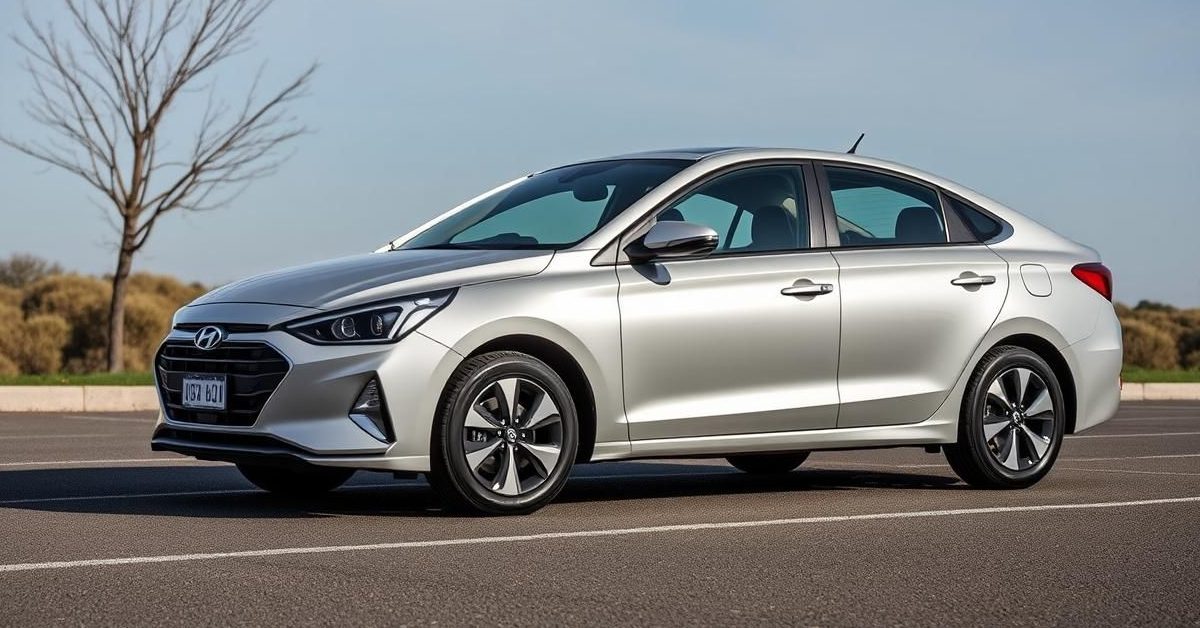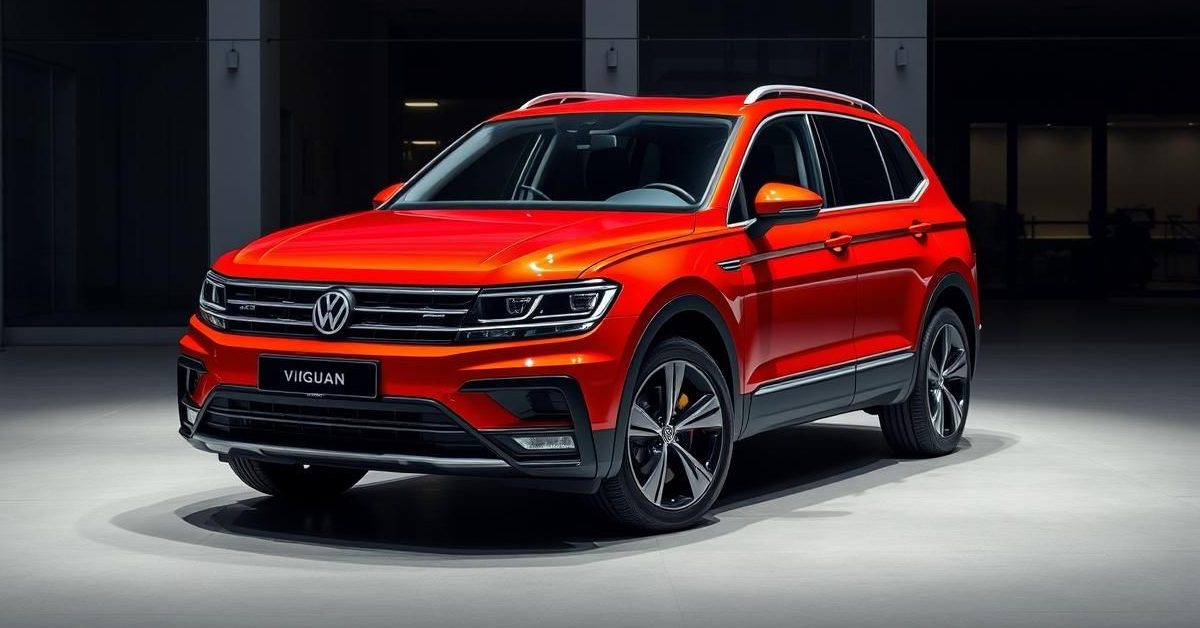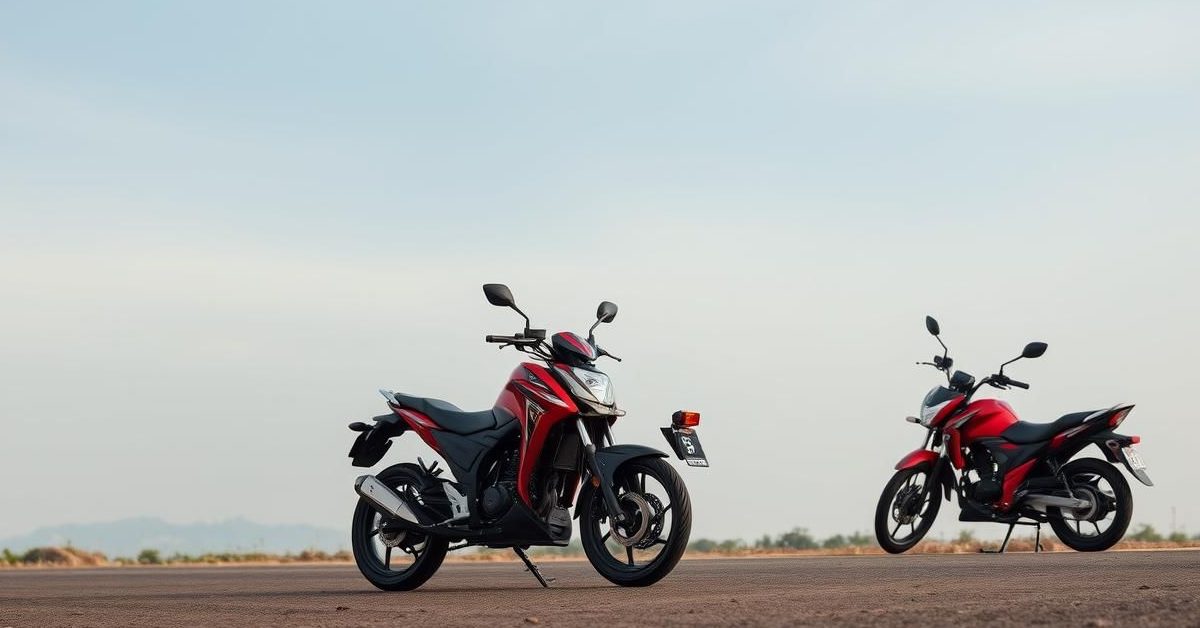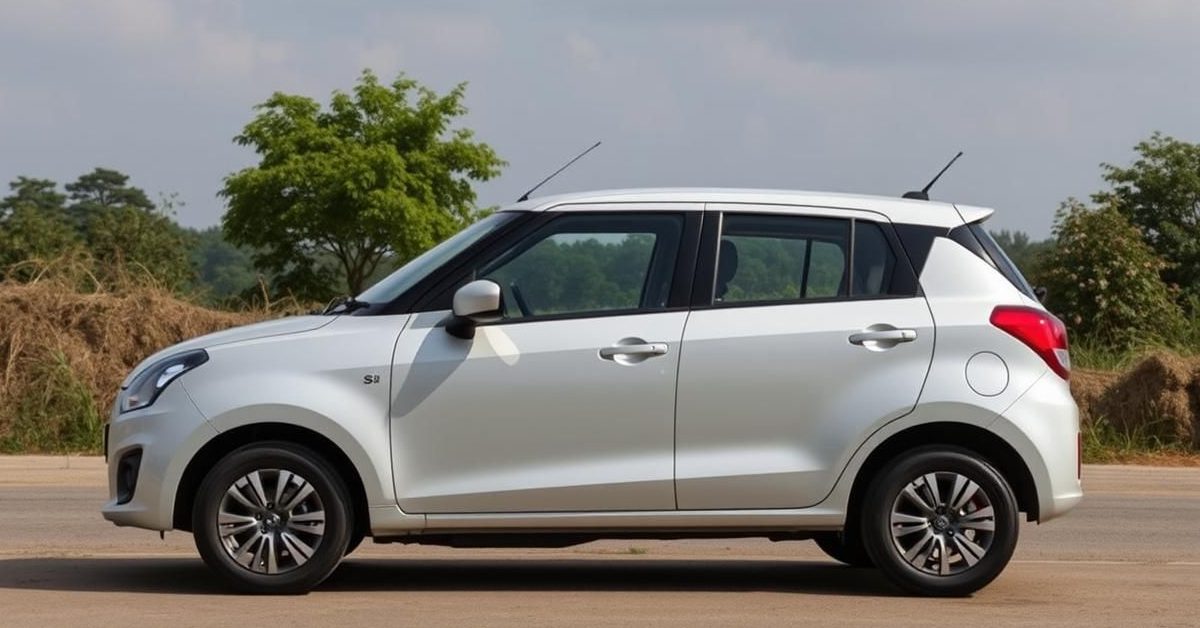Royal Enfield’s popular 450cc motorcycles, including the Himalayan and Guerrilla, recently faced a temporary halt in production. This disruption was due to a shortage of rare earth elements, vital components primarily sourced from China, but the company has successfully stabilized operations using alternative materials.
Rare Earth Roadblocks for Royal Enfield
During the April-June period, Royal Enfield’s manufacturing of its 450cc platform bikes hit a snag. The issue stemmed from a critical supply chain problem involving rare earth magnets, which are essential for various components in these motorcycles.
Eicher Motors MD and Royal Enfield CEO B Govindarajan confirmed that these materials are used in crucial areas like gear sensors and alternators. Without a steady supply, the company had to temporarily pause some production lines, leading to a noticeable slowdown.
This impact was reflected in the production figures. Data from SIAM indicates that output for 450cc models, which include the Guerrilla 450, Himalayan 450, and Scram, dropped significantly. In June, production fell to 3,836 units, down from 6,568 units in June 2024 (likely a typo in original, assuming May or earlier month comparison) and 5,249 units in May.
Bouncing Back with Alternatives
It’s important to note that rare earth elements aren’t just critical for electric vehicles. They play a significant role in modern internal combustion engine (ICE) vehicles as well, powering many auxiliary electrical systems and sensors.
Thankfully, Royal Enfield quickly found a solution. The company’s team worked diligently to implement alternative materials, bringing production back to normal. Models like the Scram, which faced availability issues, are now back on track, and activities for the Guerrilla 450 platform have resumed.
The EV Future and Supply Chain Resilience
This supply challenge comes at a pivotal time for Royal Enfield as it prepares to launch its first electric motorcycle. The upcoming EV, under the “Flying Flea” brand, is slated for release by the end of the current financial year.
Royal Enfield anticipated potential supply issues months ago and proactively began working on alternative material solutions. This foresight allowed them to quickly recover from the recent disruption, ensuring that future imports of these alternative materials won’t pose a major problem.
The broader automotive industry is also facing similar challenges with rare earth dependency. Many electric vehicle manufacturers are actively exploring ways to bypass these bottlenecks, including developing magnet-free motor technologies or adopting ferrite-based magnets.
- Royal Enfield’s 450cc motorcycle production was temporarily affected by a rare earth element supply shortage from China.
- These critical elements are vital for components like gear sensors and alternators in both ICE and electric vehicles.
- Royal Enfield successfully stabilized production by implementing unspecified alternative materials.
- The company’s upcoming electric motorcycle, the Flying Flea, remains on schedule despite broader supply chain concerns.
Royal Enfield’s swift response highlights the growing importance of resilient supply chains in the global automotive landscape, especially as the industry shifts towards electrification.













